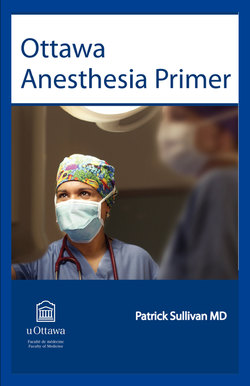Читать книгу Ottawa Anesthesia Primer - Patrick Sullivan - Страница 24
На сайте Литреса книга снята с продажи.
The Hematologic System:
ОглавлениеAnemia (of various etiologies) is common in surgical patients. The presence of anemia increases the likelihood of a patient receiving blood products in the perioperative period. Perioperative transfusion is associated with an increase in morbidity and mortality.32 When time permits, therapeutic interventions should be considered to treat and correct the anemia prior to surgery.
There is no defined “transfusion trigger” for patients having surgery, rather, a “patient-specific” decision whether or not to transfuse perioperatively is encouraged. Factors to consider include the chronicity of the anemia, the risk of perioperative blood loss, and the presence of other coexisting diseases. A preoperative blood “type and screen” should be considered, and if transfusion is a possibility, this should be discussed with the patient, and the patient’s consent should be obtained for blood product administration prior to commencing surgery. The surgeon should be advised to optimize hemostasis and minimize blood loss. Blood conservation strategies should also be discussed with the patient and operating room (OR) team (see Chapter 21).
Careful management is required for patients with bleeding disorders secondary to clotting factor deficiencies, platelet abnormalities, or medication therapy. Neuraxial anesthesia is generally contraindicated in patients who have a bleeding disorder. Patients with a history of deep vein thrombosis (DVT), pulmonary embolism (PE), cerebral vascular accident (CVA), or atrial fibrillation may be receiving long-term anti-coagulant therapy. These patients require special attention to minimize the risk of bleeding vs the risk of thrombotic complications (DVT, PE, CVA) in the perioperative period.
Depending on the nature of the proposed surgery, anticoagulation therapy (such as acetylsalicylic acid [ASA], coumadin, antiXa inhibitors, and clopidogrel) may need to be stopped. These patients may require “bridging therapy” with low-molecular-weight heparin to “bridge” them in the immediate preoperative period. A preoperative consult (general medicine, hematology, or thrombosis) may be needed for patients requiring bridging therapy.
For further information on management of anticoagulation both before and after surgery, consult the ACCP Guidelines.16,17
Special Populations:
